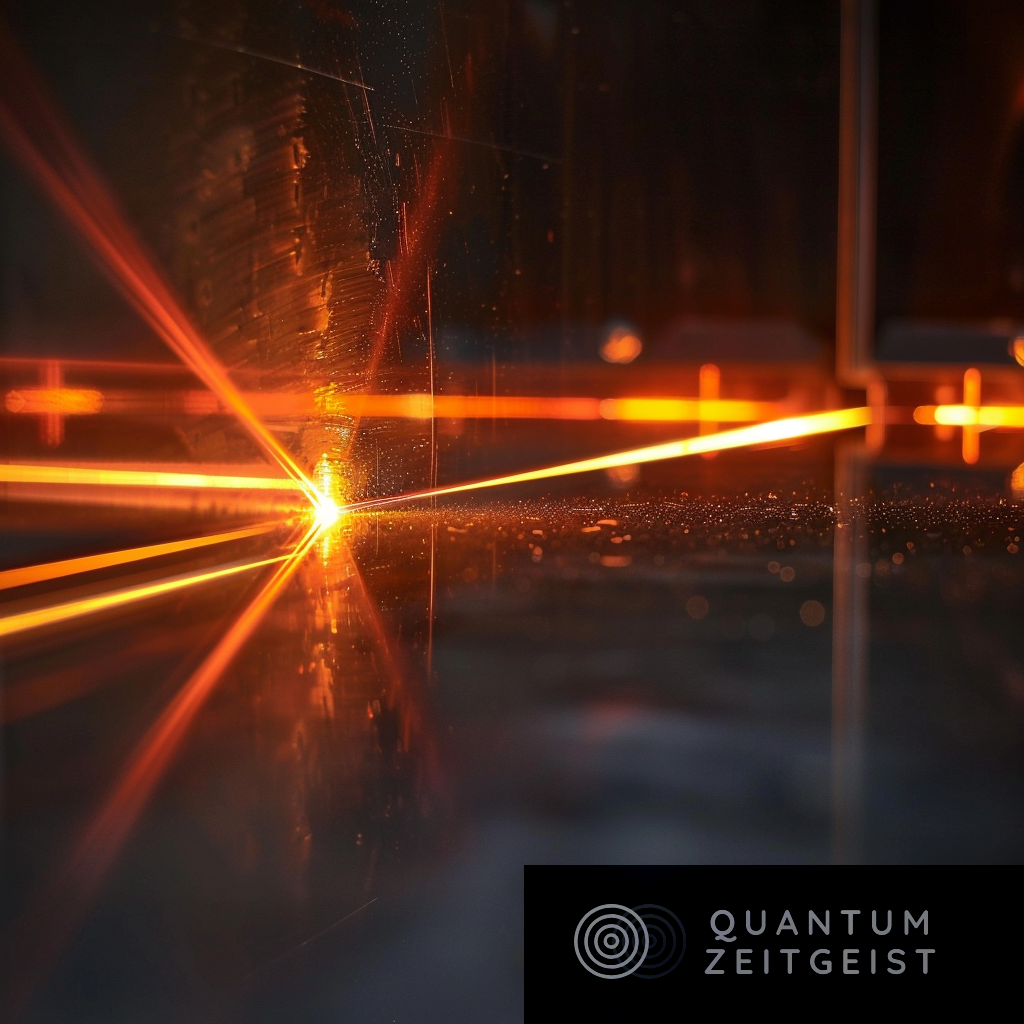The Quantum Approximate Optimization Algorithm (QAOA) is a Variational Quantum Algorithm (VQA) initially designed to find approximate solutions to combinatorial optimization problems on quantum computers. However, it has also shown potential in sampling purposes, with a single layer of the QAOA able to engineer a probability distribution surpassing what can be simulated by classical computers. A recent study has extended the theoretical derivation of the amplitudes of the eigenstates and the Boltzmann distributions generated by a single-layer QAOA, providing a deeper understanding of the algorithm and its potential applications.
What is the Quantum Approximate Optimization Algorithm (QAOA)?
The Quantum Approximate Optimization Algorithm (QAOA) was initially proposed to find approximate solutions to combinatorial optimization problems on quantum computers. Combinatorial optimization problems involve finding the best solution from a finite set of possible solutions. However, the QAOA has also garnered interest for its potential in sampling purposes. It has been theoretically demonstrated that a single layer of the QAOA can engineer a probability distribution that surpasses what can be simulated by classical computers. This is under the assumption of reasonable complexity.
The QAOA is a type of Variational Quantum Algorithm (VQA), a promising framework for solving computationally hard tasks. These algorithms are based on a quantum circuit with tunable parameters acting as an ansatz. An ansatz is an educated guess that is verified by its ability to accurately predict the outcomes of experiments. The QAOA, in particular, has received special attention from the scientific community due to its remarkable empirical and theoretical results on performance.
The QAOA is inspired by a Trotterized adiabatic evolution, which is capable of approximating the minimum energy state of a given cost function. The number of variational parameters in the quantum circuit to be optimized is independent of the problem size. However, the depth of the circuit increases with the quality of the approximation of the fundamental state.
How does QAOA relate to Interferometry and Thermal Distribution Sampling?
A recent study has shown that in universal Ising models, the global probability distribution resembles pure but thermal-like distributions at a temperature that depends on the internal correlations of the spin model. In this work, the authors extend the theoretical derivation of the amplitudes of the eigenstates and the Boltzmann distributions generated by a single-layer QAOA. They do this through an interferometric interpretation of the algorithm. Interferometry is a family of techniques in which waves, usually electromagnetic, are superimposed to cause the phenomenon of interference. This is used to extract information.
The authors also review the implications of this behavior from practical and fundamental perspectives. They provide evidence for a clear connection between the QAOA and thermal distribution sampling, with probability amplitude distributions resembling Boltzmann distributions at low temperatures. These are referred to as QAOA pseudo-Boltzmann states.
What is the Practical Significance of QAOA?
Beyond its original use in approximating ground states, the QAOA has recently demonstrated utility from a global sampling perspective. It has been shown that the shallowest version of the algorithm produces a probability distribution that cannot be simulated by classical computation. This is because otherwise, the polynomial hierarchy would collapse. Therefore, sampling the QAOA circuit in some variational parameter ranges could exhibit quantum supremacy, which is understood as a task that can be more efficiently done using a quantum computer than a classical one.
Despite the importance of this theoretical result, it gives no clue about the nature of the probability distribution generated by the QAOA, nor whether sampling from it has any practical interest beyond combinatorial optimization or a quantum supremacy demonstration. However, the excellent performance of QAOA revealed at temperatures below the state-of-the-art theoretical limit to fast mixing of Markov Chain Monte Carlo methods.
What are the Future Implications of this Study?
In the current manuscript, the authors expand the theoretical derivation of pure thermal-like QAOA states. They extend the discussion of single-layer QAOA amplitudes by portraying the algorithm as an energy interferometer and providing details on the mathematical derivation of the pseudo-Boltzmann states. They also provide further justification for the assumption of normality in the internal spin model correlations, extend the study of the evolution of the probability distribution with the mixing angle, and shed more light on the implications of these results.
This study is a significant step forward in understanding the QAOA and its potential applications. It provides a deeper understanding of the algorithm and its behavior, which could lead to more efficient and effective uses of the QAOA in the future. The authors’ work also opens up new avenues for further research and exploration in the field of quantum computing and quantum algorithms.
Publication details: “Connection between single-layer quantum approximate optimization algorithm interferometry and thermal distribution sampling”
Publication Date: 2024-02-14
Authors: Pablo Díez-Valle, Diego Porras and Juan José García-Ripoll
Source: Frontiers in Quantum Science and Technology
DOI: https://doi.org/10.3389/frqst.2024.1321264

